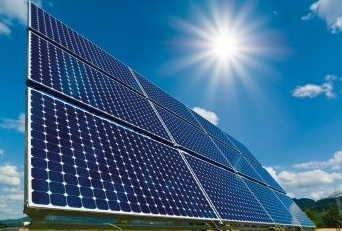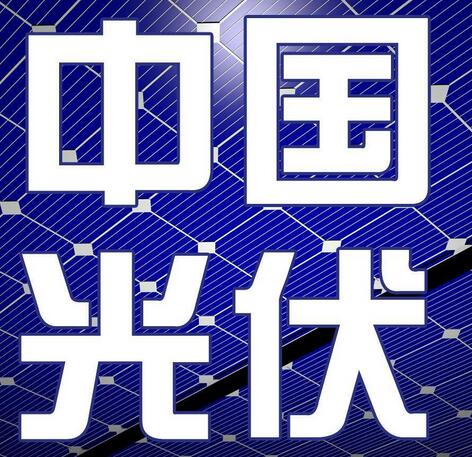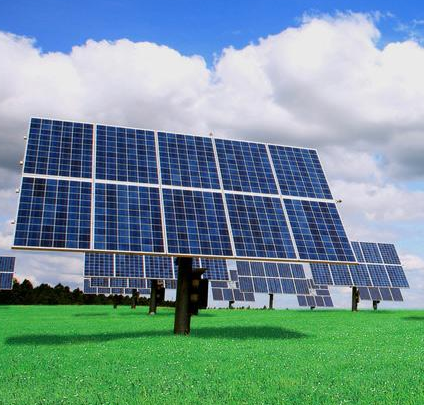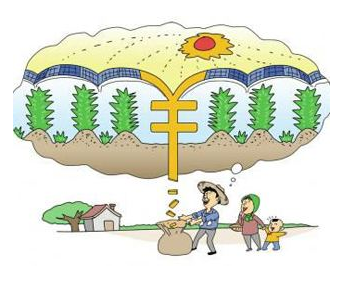So in 2018 we came in a hurry. With the PV installed capacity in 2017 and the record high subsidy gap, with the continuous expansion of production scale and the continuous decrease of profits, with the vision of the future and the suspense problem : 2018 photovoltaic how will develop? In this regard, I try to cut into the external situation from the capital, policy, user characteristics, analysis and judgment.
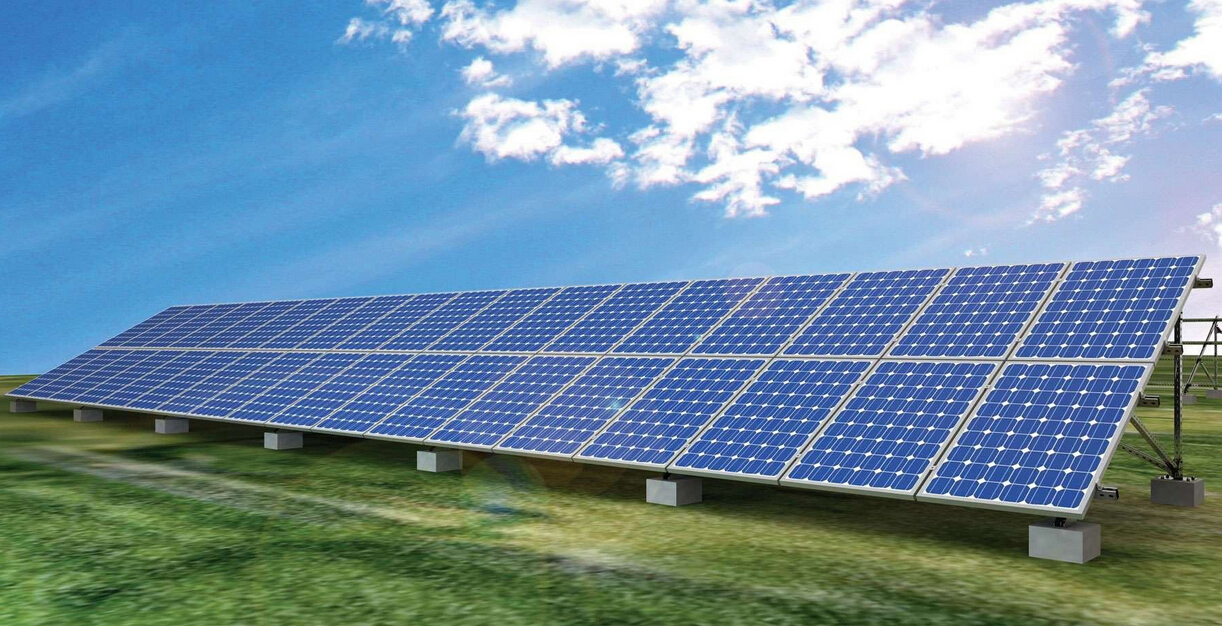
First, there is a need to be highly concerned with the trends in funding. Internationally speaking, such measures as the interest rate hike, shrinking of the scale and tax cuts in the United States will lead to a high probability of triggering funds or assets for the photovoltaic industry under the circumstance that the investment yield of China's PV manufacturing industry and power generation industry will gradually drop. Through various channels, various means of transfer to foreign countries, and may even have already begun to happen. From a domestic perspective, the country's emphasis on financial risks has already mentioned a very high level. In 2018, it will continue its efforts to control the leverage ratio and stabilize the credit scale. Under the common influence of the international and domestic environments, the increased cost of using funds has been inevitable. Photovoltaic power generation and manufacturing development is based on continuous investment of funds, but the investment leverage of photovoltaic power generation is not low. By a large company or parent company guarantees, pay the land prepayment to get land use rights, take the right to use land mortgages and then pay the prepayment of photovoltaic equipment, and then get the equipment mortgages prepayment for the construction of the power station, after the completion of Take the PV power plant mortgage payment in front of arrears, in the past is not a rare gameplay. In addition, the hot money of foreign capital, capital fund investment in photovoltaic power generation and manufacturing industries, I also have heard. The investment of these funds will be affected by the cost of using the funds, and even affect the development of the entire industrial chain in the photovoltaic industry.
Second, the PV industry needs a deeper understanding of national policies. The state's support for new energy can not be understood as an endless source of resources. The latest series of policies have been able to determine the state's policy ideas: that is, the pursuit of absolute low-cost, stable earnings expectations of photovoltaic power generation, but actively and steadily withdraw from subsidies for photovoltaic power generation. Specifically, 2020 is the key timeline. At this time, realize the full power generation access, electricity subsidies to zero or close to zero, through the quota system or electricity market to achieve market price of electricity. Similarly, in the case of PV plants that have been completed but are in default of subsidies, 2020 can also be considered as the beginning of a solution to the problem. In fact, the photovoltaic industry can no longer claim more for this kind of arrangement. Therefore, the year 2018 is a crucial year. The trend of the PV power generation itself costs can be in line with the national policy, which determines the future trend of the PV market. If the answer is yes, China's PV industry will surely be booming in the world. China's photovoltaic products will surely become the passport to the future of the world. Others, the PV Poverty Alleviation is the main battlefield in 2018, or the future of distributed leading photovoltaic, are only tactical small problems.
















 RCCN WeChat QrCode
RCCN WeChat QrCode Mobile WebSite
Mobile WebSite


